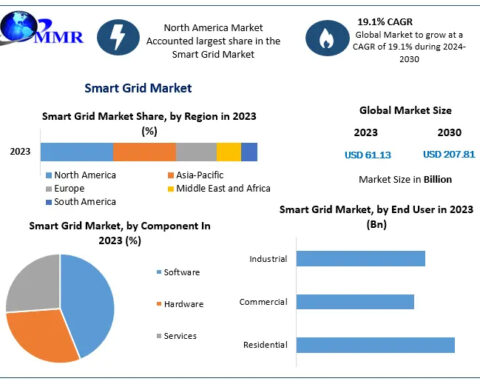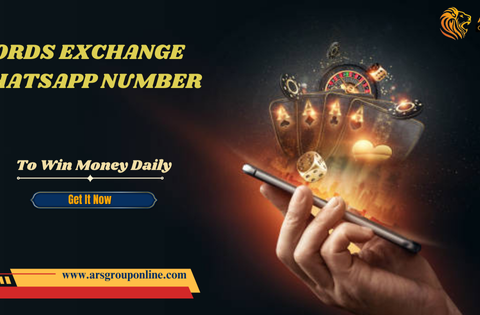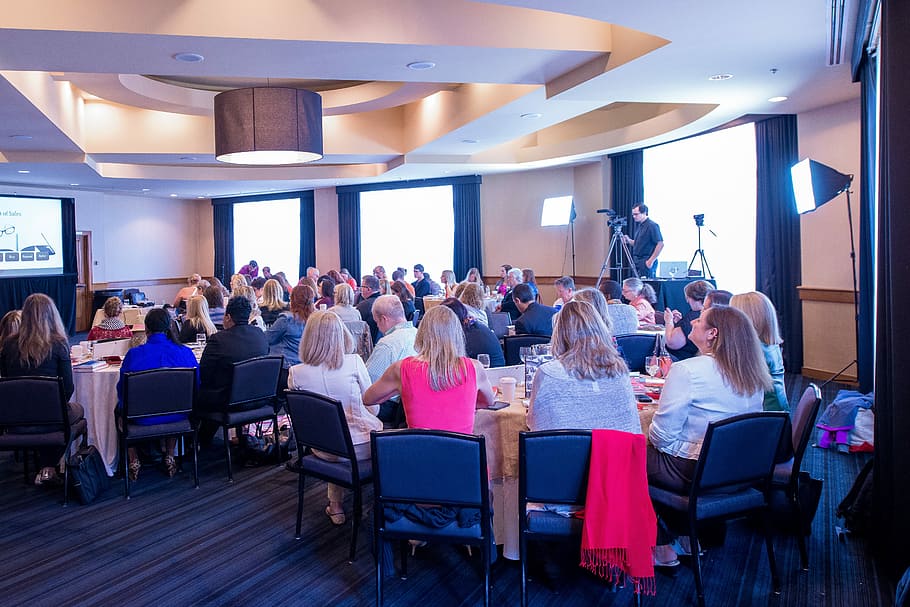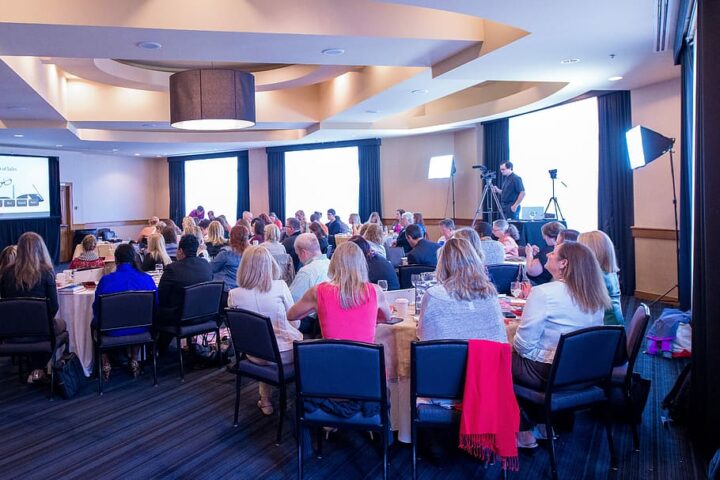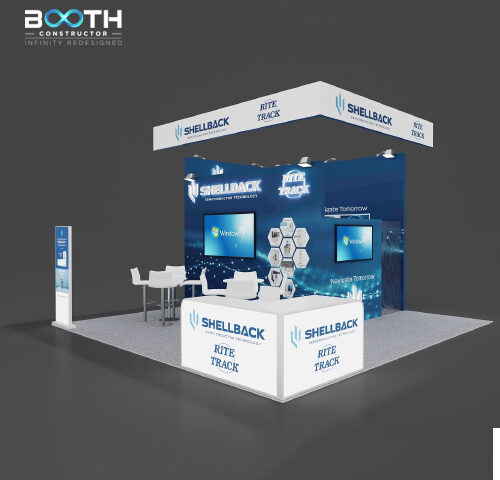Trade shows are bustling hubs of opportunity, where businesses converge to showcase their products, services, and innovations. For event organizers, orchestrating a successful trade show requires strategic planning and execution. To ensure that your event stands out and delivers maximum value to exhibitors and attendees alike, it’s essential to implement effective marketing strategies. Here are 11 tried-and-tested trade show marketing strategies to elevate your event and drive success:
-
Define Clear Objectives: Before diving into the logistics of organizing a trade show, it’s crucial to define clear objectives. What do you aim to achieve with the event? Whether it’s lead generation, brand awareness, or industry networking, having concrete goals will shape your marketing efforts and guide your overall strategy.
-
Targeted Audience Segmentation: Understand your target audience and segment them based on demographics, interests, and purchasing behavior. Tailor your marketing messages and outreach efforts to resonate with each segment’s specific needs and preferences. Utilize data analytics and market research to refine your audience targeting approach.
-
Strategic Partnerships: Forge strategic partnerships with industry influencers, associations, and complementary businesses to amplify your event’s reach. Collaborate on co-marketing initiatives, guest appearances, or joint promotions to tap into each partner’s audience and attract more attendees and exhibitors to your trade show.
-
Compelling Content Marketing: Create compelling content that educates, entertains, and engages your target audience. Leverage various content formats such as blog posts, infographics, videos, and webinars to share valuable insights, industry trends, and sneak peeks of what attendees can expect at the trade show. Utilize social media platforms and email newsletters to distribute your content and build anticipation for the event.
-
Social Media Engagement: Harness the power of social media platforms to generate buzz and drive attendance for your trade show. Develop a robust social media marketing strategy encompassing organic posts, paid advertising, influencer partnerships, and interactive campaigns. Encourage exhibitors and attendees to share their excitement and experiences using event-specific hashtags, contests, and live updates.
-
Striking Visual Branding: Invest in striking visual branding elements such as logo design, booth displays, signage, and promotional materials that captivate attention and communicate your event’s value proposition effectively. Consistent branding across all touchpoints reinforces brand recall and reinforces your event’s credibility and professionalism.
-
Pre-Event Teasers and Promotions: Build anticipation and generate pre-event excitement by teasing exclusive announcements, product launches, or special offers. Offer early bird discounts, VIP access, or limited-time promotions to incentivize early registration and boost ticket sales. Leverage email marketing, social media teasers, and targeted advertising to reach potential attendees and encourage them to secure their spot at the trade show.
-
Interactive Experiences: Create memorable and interactive experiences that immerse attendees in your event’s theme and offerings. Incorporate live demonstrations, product samples, interactive workshops, contests, and networking activities to foster engagement and facilitate meaningful connections between exhibitors and attendees. Encourage participation and feedback to enhance the overall event experience.
-
Post-Event Follow-Up: Maximize the impact of your trade show beyond the event dates by implementing a comprehensive post-event follow-up strategy. Nurture leads, gather feedback, and maintain momentum through personalized follow-up emails, surveys, and social media engagement. Share highlights, key takeaways, and post-event resources to reinforce attendee value and keep them engaged until the next edition.
-
Data-Driven Insights: Leverage data analytics and tracking tools to gather actionable insights into attendee behavior, engagement metrics, and ROI. Measure the effectiveness of your marketing efforts, identify areas for improvement, and refine your strategies for future trade shows. Utilize CRM systems and lead management software to streamline lead capture, qualification, and nurturing processes.
-
Continuous Improvement: Embrace a culture of continuous improvement by soliciting feedback from exhibitors, attendees, and stakeholders after each trade show. Analyze feedback and performance metrics to identify strengths, weaknesses, and areas of opportunity for enhancement. Iterate on your event strategy, marketing tactics, and operational processes to drive ongoing success and ensure that each trade show surpasses expectations.
In conclusion, orchestrating a successful trade show requires a strategic blend of marketing tactics, audience engagement, and operational excellence. By implementing these 11 effective trade show marketing strategies, event organizers can elevate their events, maximize attendee and exhibitor satisfaction, and achieve their business objectives. Remember to adapt and innovate continually to stay ahead in the dynamic landscape of trade show marketing.







